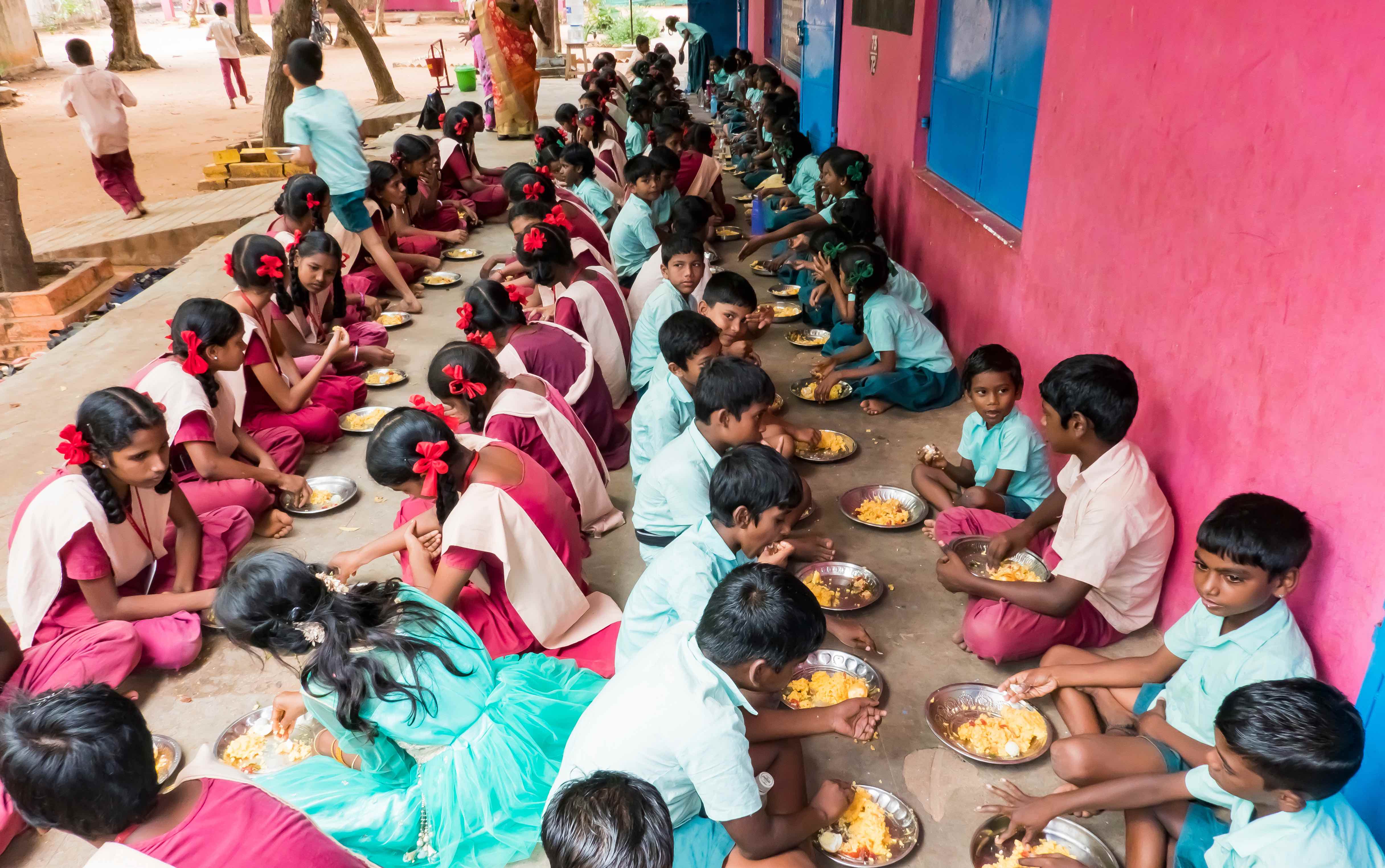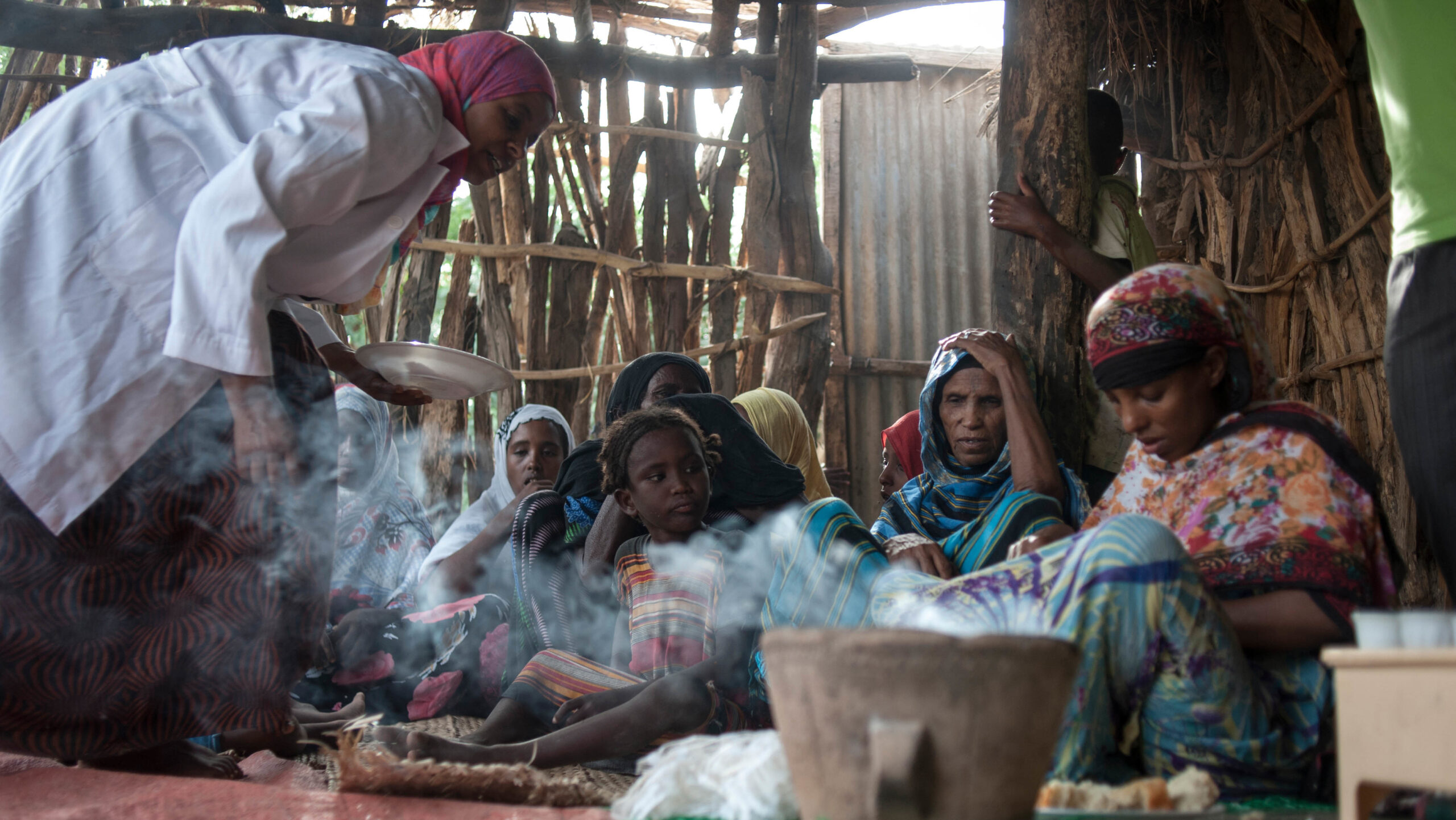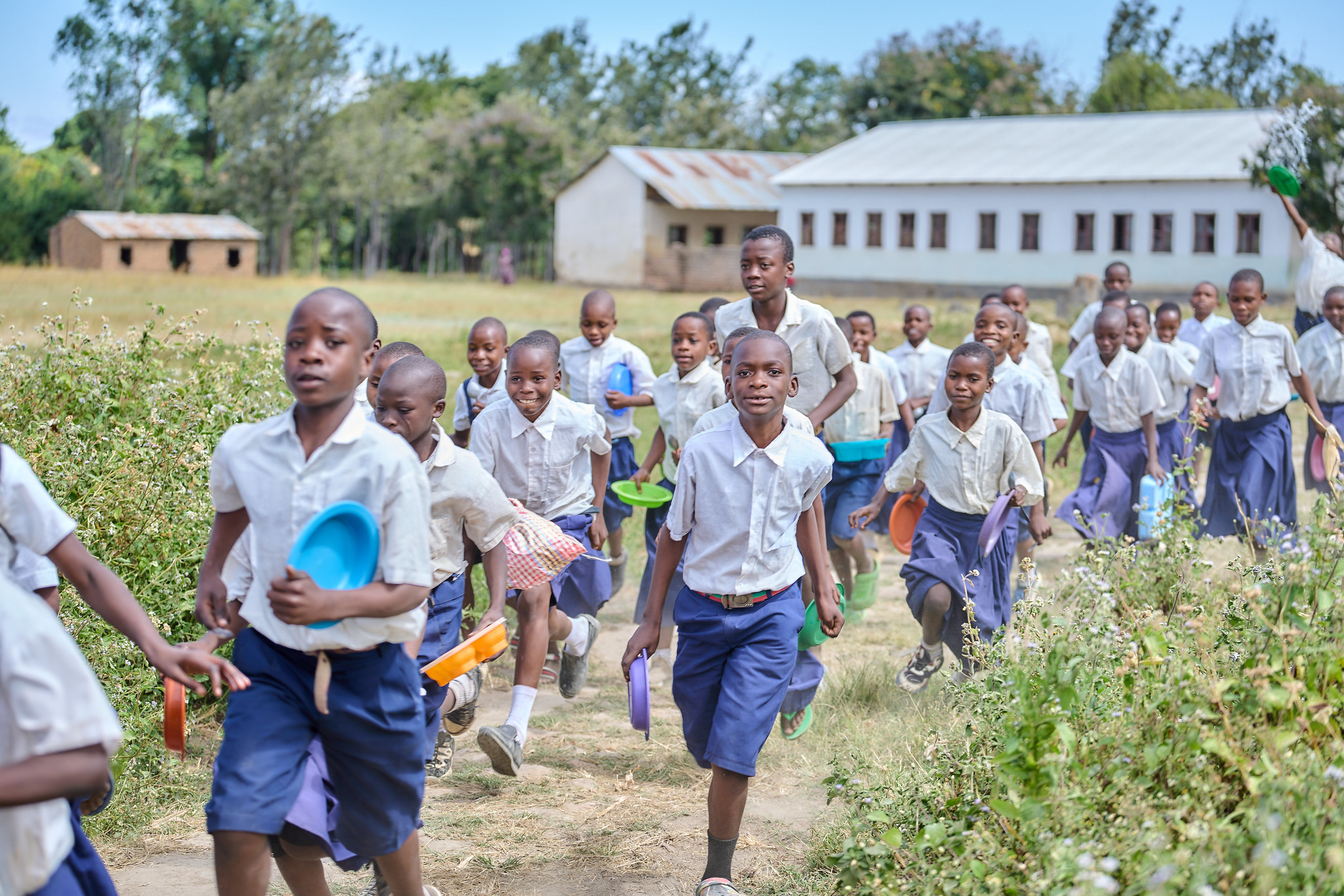Students learn many of the basic skills they need to function in society and in their work at school. Currently, in most countries, almost all children attend primary school, but many do not learn what they need to, especially in low-income countries. It is akin to a factory that can produce 100 cookies per day, but only half of them are actually edible.
The importance of edible cookies
The more edible cookies the factory produces, the better chances for growth, profitability, and competitiveness it has. Similarly, more students learning useful hard and soft skills at school helps countries grow and achieve structural transformation, as employment shifts to more productive sectors. Improved education stimulates innovation and competition and leads to better jobs and higher incomes, which ultimately contribute to better nutrition and mental health, women’s empowerment, and similar benefits that often persist to the next generation, spurring a positive cycle.
Given recent progress in increasing school enrollment, there is now growing emphasis on achieving learning, rather than simply schooling. The learning process includes the supply side—to learn, students need well-trained and motivated teachers, adequate materials, and environments that foster learning; and the demand side—parents need to know and see the value of learning, both to recognize and demand quality schooling. To celebrate the International Day of Education (January 24), we offer this overview highlighting recent IFPRI research on both sides of the market for education.
Supply side: Incentives for teachers
On the supply side, we have primarily been examining initiatives that provide incentives for teachers and school principals. This focus is motivated by the observation that, in low-income countries, teachers are often absent from school, and when they are at school, many are either not teaching or not teaching well. On the other hand, in China, even when it was still a low-income country, teachers have worked very hard and have extremely low rates of absenteeism, and their students have some of the best learning outcomes in the world. Our study of teachers’ promotion incentives in public schools revealed that Chinese teachers face a lot of scrutiny and competition and are thus strongly motivated to improve learning. Annual evaluations on several aspects of teaching, including how well students learn, lead to promotions with steep wage increases, which in turn lead to higher levels of teacher effort and better learning outcomes for students.
The Chinese example led our researchers to think about ways to incentivize better teaching in other settings. Teacher bonuses have often been designed such that teachers end up focusing their attention on students who can contribute most to their bonuses—usually, the highest performing ones—leaving struggling students behind. A randomized trial in Uganda tested a scheme in which teacher bonuses were provided such that teachers had an incentive to focus on all students, because each one had an equal chance of increasing the teacher’s bonus. While the results showed an increase in learning, it only happened among high-achieving students. Unfortunately, while teachers put in a lot of effort, they struggled to teach lower-achieving children without complementary resources, such as textbooks, geared toward such students.
In Pakistan, learning levels are among the lowest in the world. A pilot promotion system for teachers and school principals that incorporated several aspects of the Chinese system as well as some of the features of the Ugandan bonus system was tested. Here, the results were surprising. The education officials implementing the pilot became very excited about the new scheme, and rather than implementing it only in treatment schools, they introduced some of the innovations into control schools. Consequently, while there are no treatment impacts to report, all students learned more, and teachers improved many of their teaching practices.
Demand side: Incentives for parents
IFPRI has also been engaged in building evidence around strategies to increase demand for education, focusing particularly on two major types of interventions: cash transfers and provision of school meals. Both constitute transfers to households (in cash or in kind), which may target liquidity constraints that prevent them from enrolling children in school.
Three recent papers documented a positive effect of cash transfers on school enrollment in different contexts and for different types of transfers. In Mali, an unconditional cash transfer increased enrollment for girls: both younger and older girls worked less and devoted more time to school. Younger girls did less of the family farm work and older girls did fewer household chores and work in small businesses. In Tanzania, a similar unconditional cash transfer increased the probability of on-time enrollment for younger children, but effects on learning were concentrated among higher-achieving students, again indicating the possibility of unintended effects of programs. In the Dominican Republic, a transfer conditional on enrollment significantly increased the probability of completing high school among older children. A literature review focusing on cash transfers and child and adolescent development confirms that these results are not unique; cash transfers indeed have positive effects on school outcomes.
School feeding programs provide in-kind transfers that are, in general, conditional on attendance as only students who are present receive meals. Recent evidence from Ghana, where enrollment was already high, shows that school feeding had heterogeneous effects, significantly enhancing learning for girls and more disadvantaged students. In India, where school feeding programs have been implemented over a longer period, researchers also documented intergenerational effects: the children of mothers who received school meals had better nutritional outcomes due to increased maternal education and health service utilization and decreased fertility. Even in conflict-affected regions such as Mali, school feeding programs significantly increased school attendance and seemed to perform better than general emergency food distribution (which, in fact, adversely affected boys’ attendance).
To sum up…
IFPRI’s rich body of evidence on education has contributed to the evidence on how incentives on both supply and demand sides of education can improve learning outcomes for schoolchildren. The focus on evaluating large-scale government and NGO programs ensures our research is relevant to policy, and we will continue to examine the importance of the design and differential effects of education programs.
All this work goes toward helping the cookie company produce and sell many more tasty cookies!
Harold Alderman and Aulo Gelli are Senior Research Fellows with IFPRI’s Poverty, Health, and Nutrition Division (PHND); Naureen Karachiwalla and Jessica Leight are PHND Research Fellows; Daniel O. Gilligan is PHND Deputy Director.
If you want to learn more about the research featured in this post, check out these publications:
Aurino, Elisabetta; Gelli, Aulo; Adamba, Clement; Osei-Akoto, Isaac; and Alderman, Harold. 2023. Food for thought? Experimental evidence on the learning impacts of a large-scale school feeding program. Journal of Human Resources 58(1): 74-111.
Aurino, Elisabetta; Tranchant, Jean-Pierre; Diallo, Amadou Sekou; and Gelli, Aulo. 2019. School feeding or general food distribution? Quasi-experimental evidence on the educational impacts of emergency food assistance during conflict in Mali. Journal of Development Studies 55(Supplement 1): 7-28.
Chakrabarti, Suman; Scott, Samuel; Alderman, Harold; Menon, Purnima; Gilligan, Daniel. 2021. Intergenerational Benefits of India’s National School Feeding Program. Nature Communications 12: 4248.
Evans, David K.; Gale, Charles; and Kosec, Katrina. 2023. The educational impacts of cash transfers in Tanzania. Economics of Education Review 92 (February 2022): 102332.
Gilligan, Daniel O., Naureen Karachiwalla, Ibrahim Kasirye, Adrienne Lucas and Derek Neal. 2022. Educator Incentives and Educational Triage in Rural Primary Schools. Journal of Human Resources, 57:79-111.
Hernandez, Manuel A.; Pellerano, Jose A.; and Sanchez, Gonzalo E. 2022. Conditional cash transfers and high school attainment: Evidence from a large-scale program in the Dominican Republic. IFPRI Discussion Paper 2109. Washington, DC: International Food Policy Research Institute (IFPRI).
Karachiwalla, Naureen and Park, Albert (2017). Promotion Incentives in the Public Sector: Evidence from Chinese Schools. Journal of Public Economics, 146, 109-128.
Sessou, Eric; Hidrobo, Melissa; Roy, Shalini; and Huybregts, Lieven. 2022. Schooling impacts of an unconditional cash transfer program in Mali. IFPRI Discussion Paper 2139. Washington, DC: International Food Policy Research Institute (IFPRI).
Walque, Damien de; Fernald, Lia; Gertler, Paul; and Hidrobo, Melissa. 2017. Cash transfers and child and adolescent development. In Child and adolescent health and development, eds. Donald A. P. Bundy, Nilanthi de Silva, Susan Horton, Dean T. Jamison, and George C. Patton. Part Four: Packages and platforms to promote child and adolescent development, Chapter 23, pp. 325-342.







